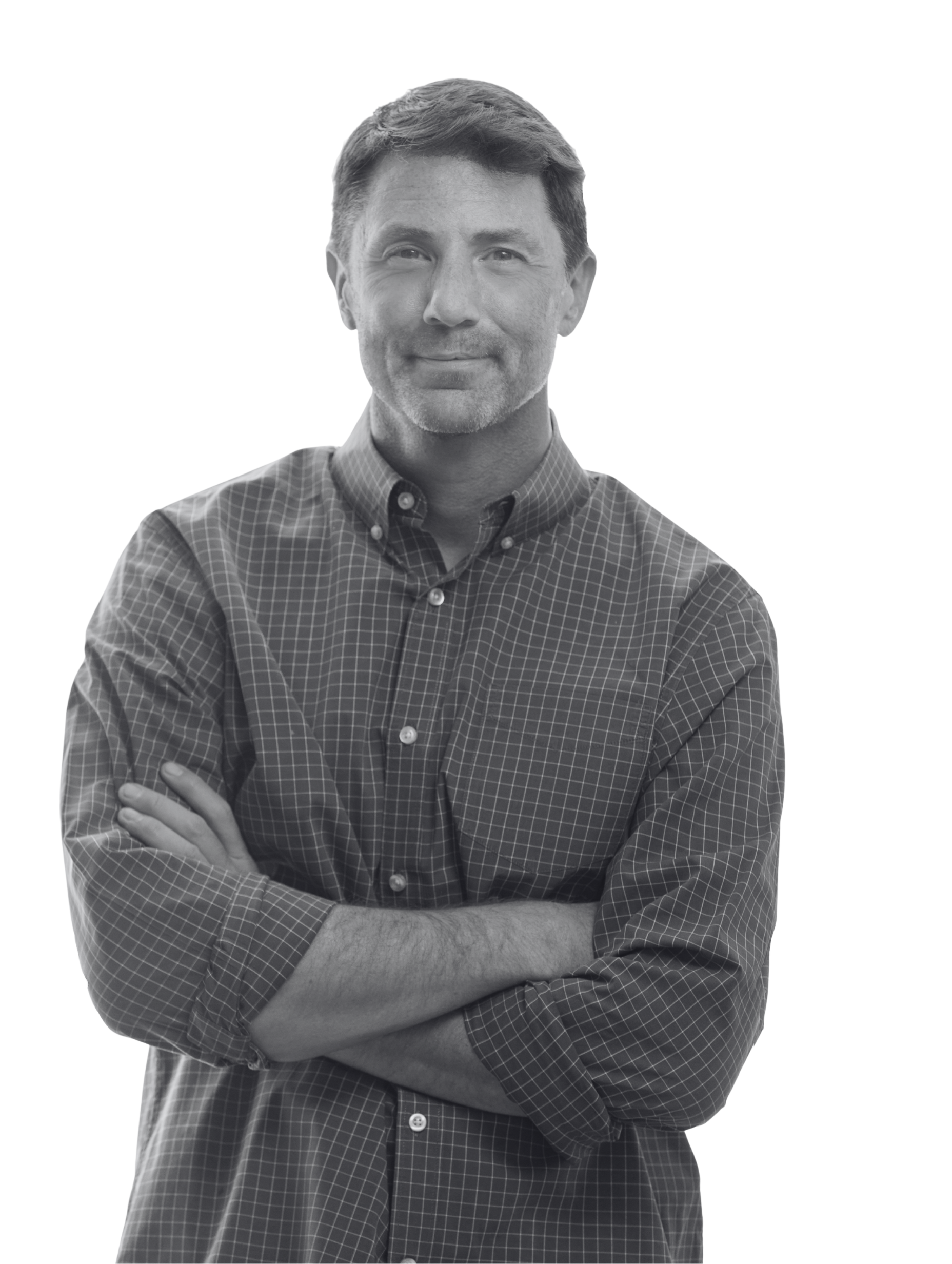Best Humans Protocol:
A Framework for Workplace Transformation
The corporate wellness industry is projected to grow into a $100+ billion global market by 2030, yet many programs fall short. Too often, they lean on gimmicks—ping-pong tables, sleep pods, or unlimited vacation policies—designed more to sell culture than to actually heal it. These quick fixes rarely address the deeper issues: unmeasured biomarkers, cultural bottlenecks, and external stressors that quietly erode health and productivity. The Best Humans Protocol takes a different approach. It begins by listening, observing, and mapping the interconnectedness between people and their environment. Only after understanding the true landscape can we chart meaningful pathways for transformation—ones that foster sustainable well-being, trust, and resilience across the workplace.
key topics:
1
Inner Vitality: The health of our body and mind sets the foundation for everything else
Every transformation begins with the individual. Biomarkers, sleep cycles, nutrition patterns, and stress responses provide measurable insight into how a person is truly functioning day to day. Beyond physical indicators, mental health plays a critical role — factors such as resilience, focus, and emotional regulation directly influence productivity and creativity. Ignoring these early warning signs often leads to burnout or disengagement that ripple outward. By starting here, organizations can anchor wellness in real data rather than assumptions.
2
Life Beyond Work: What happens at home and in our social circles follows us into the office
Work cannot be separated from the realities of life outside the office. Family responsibilities, caregiving duties, friendships, and financial pressures shape how much energy an individual brings to work each day. A strong support network can buffer stress, while unresolved conflict or instability at home can undermine even the healthiest work environment. Recognizing this dimension allows leaders to design policies that are both compassionate and pragmatic. When employees feel their whole life is acknowledged, they are more likely to thrive.
3
The Power of Us: Teams either multiply our energy or magnify our stress
Teams are the crucible where individual experiences meet collective performance. Communication patterns, trust, and psychological safety determine whether people feel supported or isolated in their roles. Even small imbalances — such as unclear responsibilities or a culture of constant urgency — can amplify stress across the group. Healthy teams share workloads equitably, foster open dialogue, and encourage recovery. By observing team dynamics, organizations can uncover hidden bottlenecks that undermine both morale and output.
4
The Architecture of Work: Systems and incentives can either unlock potential or drain it away
The broader company environment sets the stage for how individuals and teams operate. Leadership styles, incentive structures, HR policies, and workplace design either reinforce or erode wellness. Many organizations unintentionally create environments where short-term results are valued over long-term health, leading to chronic stress cycles. The Best Humans approach looks beyond surface perks to the underlying systems that shape culture. When these systems are aligned with human needs, organizations gain sustainable engagement and higher performance.
5
Wider Currents: No organization can escape the tides of society, markets, and culture
No company exists in isolation. Market competition, regulatory environments, healthcare access, and cultural expectations all exert pressure on the workplace. Societal trends such as economic inequality, digital overexposure, or shifting generational values influence how employees show up. By understanding these external factors, organizations can anticipate stressors before they cascade internally. Companies that take this broader view become more resilient, adaptive, and relevant in a rapidly changing world.


